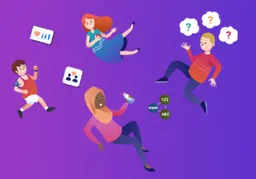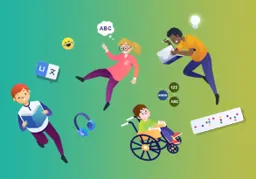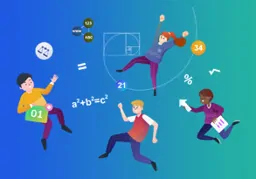AREA OF LEARNING AND EXPERIENCEScience and Technology
Guidance to help schools and settings develop their own curriculum, enabling learners to develop towards the four purposes.
4. Descriptions of learning
Descriptions of learning provide guidance on how learners should progress within each statement of what matters as they journey through the continuum of learning. Learn more about descriptions of learning.
Exploration of the world around us at progression steps 1 and 2 provides the foundation for learning across statements of what matters in science and technology. Some descriptions of learning at these foundational progression steps are, therefore, duplicated across some statements of what matters, where directly relevant, to better support planning for learning progression.







